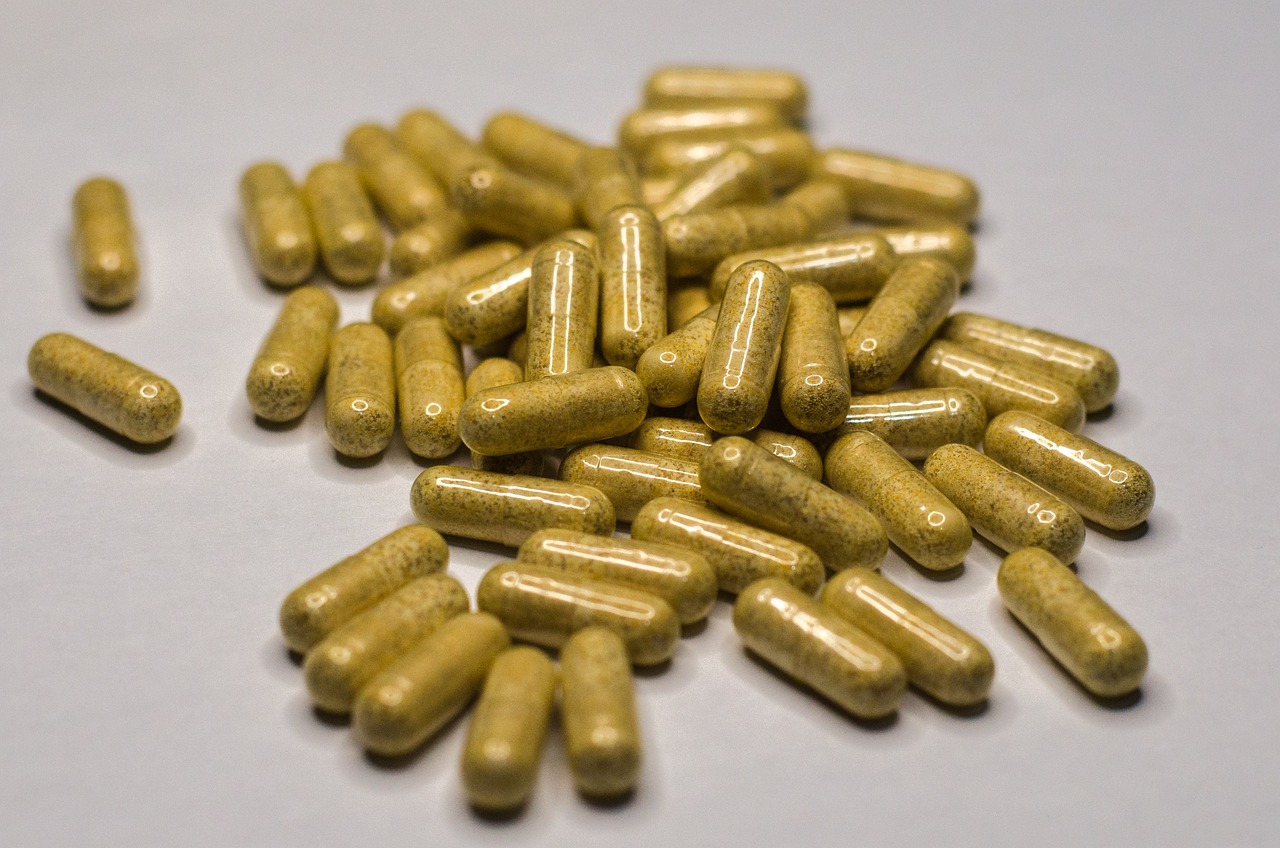The difference between therapeutic use and potential misuse of medication is often subtle and easily overlooked.
Popular culture and media sometimes portray certain drugs as harmless, leading to misconceptions about their safety and overshadowing the potential risks associated with their misuse.

This article explores the truth behind some commonly used drugs, revealing their true potential hazards and encouraging a more discerning view of the false narratives we’re often presented with.
5 Dangerous Drugs Sometimes Portrayed as Innocent
1. Benzodiazepines: A Double-Edged Sword
Benzodiazepines, commonly prescribed for their sedative and anxiolytic effects, are a common example of dangerous drugs that are widely portrayed as innocent due to their therapeutic applications.
While they offer significant relief for conditions like anxiety and insomnia, the potential benzodiazepine side effects, including dependency and withdrawal, necessitate a cautious approach to their use.
Making people view benzodiazepines as a quick fix for stress and anxiety overlooks the critical need for medical supervision and adherence to prescribed dosages.
2. Prescription Opioids: Beyond Pain Relief
While prescription opioids have potent pain-relieving properties, they have played a central role in the opioid epidemic gripping the United States.
The narrative surrounding these drugs often fails to highlight their highly addictive nature and the risk of overdose, painting a picture of safety under the guise of medical endorsement.
3. ADHD Medications: Not Just a Focus Booster
Medications prescribed for Attention Deficit Hyperactivity Disorder (ADHD), such as Adderall and Ritalin, are frequently portrayed for their ability to enhance focus and productivity.
This simplistic narrative ignores the serious risks of misuse, including heart problems, psychological dependence, and the potential for abuse, especially among individuals without ADHD.
4. Cough Syrups: A Sweet Solution with a Bitter Aftertaste
Over-the-counter cough syrups, often containing codeine or dextromethorphan, are marketed as benign remedies for cold and cough symptoms.
However, their recreational misuse for their euphoric effects can lead to dangerous consequences, including respiratory distress, addictive behaviors, and other serious health issues, significantly challenging the innocent image portrayed by their widespread availability and accessibility.
5. Herbal Supplements: Natural Does Not Mean Risk-Free
The natural allure of herbal supplements often leads to their perception as safe and without side effects. This is a notion that is both comforting and misleading.
The reality is that many herbal supplements can interact adversely with prescription medications, possess unproven efficacy, and are subject to minimal regulatory oversight.
This lack of stringent regulation and potential for harmful interactions cast a shadow over their seemingly innocent portrayal, highlighting the importance of approaching them with the same caution as one would with conventional medications.
Conclusion
The narrative surrounding certain drugs as harmless or purely beneficial is filled with oversimplifications and omissions. As seen with benzodiazepine side effects, the reality of drug use and its potential for harm extends far beyond the surface of therapeutic benefits.
Individuals should critically evaluate drug narratives and seek comprehensive information and professional medical advice before embracing any substance, regardless of its portrayed innocence.
Doing this allows for a more informed and cautious approach to drug use, acknowledging the complexities and potential risks of these powerful substances.
